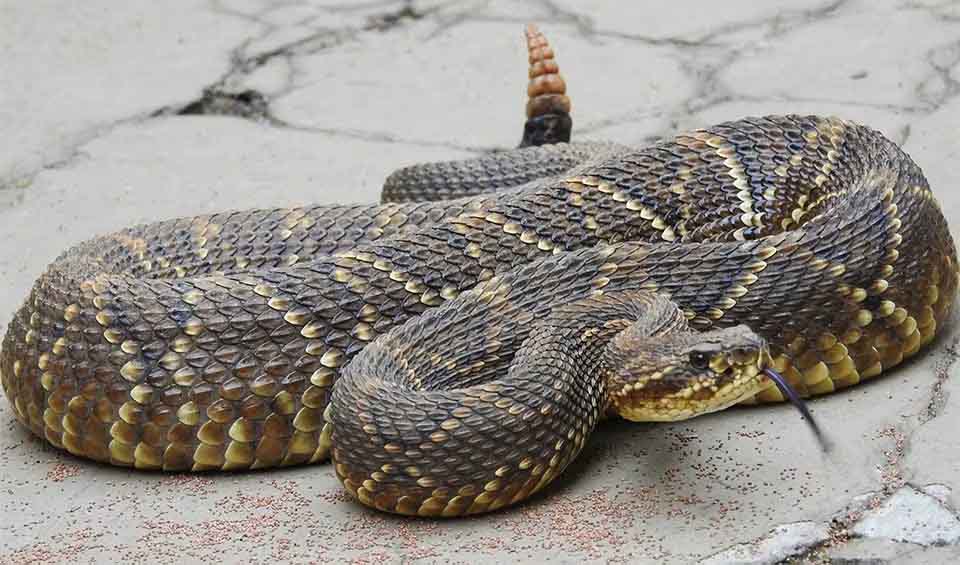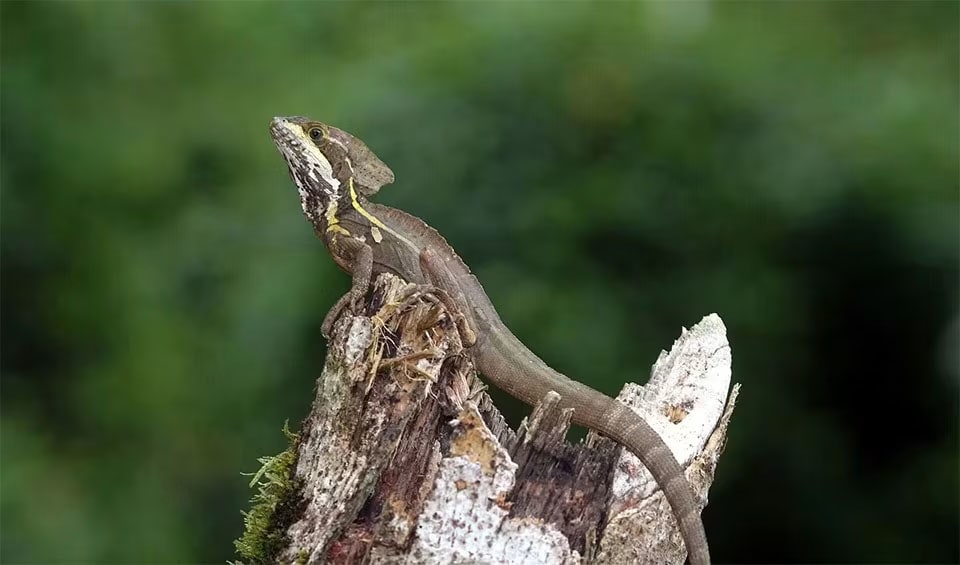Venezuela, situated within the tropical belt, is recognized as one of the world’s 17 megadiverse countries due to its extensive range of ecosystems, such as mountains, rainforests, savannas, and coral reefs. The country’s geographical and biological richness spans diverse regions, including the Andes Mountains, the Amazon Basin, the Guiana Shield, and coastal areas along the Caribbean Sea and Atlantic Ocean. It boasts 80 Key Biodiversity Areas, which are crucial for the conservation of various species, habitats, and ecosystem services and play a vital role in maintaining global biodiversity.
One of the most iconic regions of Venezuela is the Orinoco Delta, where the Orinoco River fans out into a labyrinth of waterways and marshes. This delta is a haven for wildlife, hosting numerous fish species, birds, and amphibians. It is also home to the endangered Orinoco crocodile and the Amazon river dolphin, or boto. The delta’s mangrove forests provide crucial breeding grounds for many marine and bird species, emphasizing the importance of this ecosystem.
Four pillars elaborated:
Venezuela boasts an extensive network of protected areas, encompassing 43 national parks that constitute 21.76% of the nation’s total land mass. These areas span a diverse array of habitats, from lush tropical forests to vibrant coastal ecosystems. Additionally, Venezuela has established 8 marine and 25 coastal protected areas to safeguard its rich marine life and coastal environments, including notable sites like the Cariaco Trench, the Eastern Upwelling, and the Gulf of Venezuela. World Bank data reveals that Venezuela’s terrestrial protected areas encompass about 53.4% of the country’s overall land area, marking it as one of the leading nations globally in terms of land protection. Land Management
Land Management
Venezuela is grappling with several severe environmental challenges that are undermining its ecological integrity and human well-being. Key issues include frequent oil spills that damage both terrestrial and marine ecosystems, and illegal mining operations that lead to widespread habitat destruction, biodiversity loss, and water contamination. Deforestation, driven by agricultural expansion and illegal logging, is significantly altering ecosystems. Threats to Biodiversity
Threats to Biodiversity
The tourism sector, though economically beneficial, often strains resources and can lead to environmental degradation without proper management. Poor waste management practices exacerbate urban and rural pollution, while water shortages, compounded by infrastructure issues and pollution, impact agriculture and daily life. Additionally, climate change intensifies these problems, altering weather patterns and increasing the occurrence of extreme weather events, which necessitates urgent and comprehensive environmental policies and conservation efforts.
The Venezuelan government has implemented various strategies to tackle its biodiversity crisis, centering on the expansion and management of a vast network of protected areas that includes national parks and marine reserves. This effort is supported by a comprehensive legal framework and adherence to international environmental treaties like the Convention on Biological Diversity and CITES. Efforts also extend to fostering community involvement in conservation through initiatives like community-managed forests and promoting sustainable ecotourism. Capacity and Governance
Capacity and Governance
Additionally, Venezuela is actively engaged in scientific research and monitoring to understand and mitigate the impacts of human activities and climate change on its ecosystems. Reforestation and ecosystem restoration projects further complement these conservation efforts, aiming to restore degraded environments and maintain the ecological balance.
Venezuela established its National Biodiversity Strategy and Action Plan (NBSAP) in 2010, with the long-term vision of “Living in harmony with nature” by the year 2050. The plan is designed to conserve, restore, and utilize biodiversity sustainably while recognizing its value. Although Venezuela has committed to various international agreements concerning biodiversity and the conservation of tropical forests, it has not ratified the Convention on Biological Diversity (CBD). Future Trends
Future Trends
Biodiversity
Venezuela’s rainforests, particularly those within the Amazon Basin, are biodiversity hotspots. These dense jungles are inhabited by an astonishing variety of flora and fauna, from jaguars and tapirs to poison dart frogs and howler monkeys. The rainforest canopy is alive with activity, hosting numerous bird species, insects, and arboreal mammals like sloths and various primates. The understory, rich in plant life, supports an array of herbivores and their predators, forming a complex web of life.Venezuela’s coastal regions and offshore islands add another layer of biodiversity. The Morrocoy National Park, located along the Caribbean coast, is famous for its coral reefs, mangroves, and cays. These marine habitats are rich in fish species, including parrotfish and snapper, as well as crustaceans like the Caribbean spiny lobster. Sea turtles use the sandy beaches of these coastal areas for nesting, further highlighting the ecological significance of this region.
In the table below are the number of known species in several main groups, how many of these species are Threatened with extinction, and how many of them are Endemic (unique to Venezuela only):
| Species (World rank) |
Threatened | % Threatened | Endemic | % Endemic | |
|---|---|---|---|---|---|
| Mammals | 409 (#16) | 35 | 8.6% | 34 | 8.3% |
| Birds | 1,387 (#7) | 36 | 2.6% | 53 | 3.8% |
| Reptiles | 420 (#18) | 25 | 6.0% | 119 | 28.3% |
| Amphibians | 366 (#11) | 73 | 19.9% | 190 | 51.9% |
| Fishes | 1,764 (#20) | 125 | 7.1% | 70 | 4.0% |
| Plants | 16,565 (#13) | 86 | 0.5% | 654 | 3.9% |
mammals
Brown spider monkey
One of the most threatened primates in the Neotropics and has been listed six times as one of the world’s 25 most endangered primates
Spectacled bear
The last surviving bear species of South America, native to the Andes mountains
Amazon river dolphin
Playful, curious, and intelligent; the largest river dolphins in the world
birds
Northern screamer
This bird can most definitely break a wine glass with its singing
Black-and-chestnut eagle
A magnificent bird of prey, blending into the forest with its striking colors and ruling the skies with its impressive wingspan
Andean cock-of-the-rock
Its dramatic appearance and behavior make it a symbol and national bird of Peru
reptiles
South American rattlesnake
Both feared and respected, often appearing in traditional stories and as a symbol of danger and power
Common basilisk
Also called the Jesus Christ lizard because of its ability to walk on water
Orinoco crocodile
One of the largest crocodiles in the world, known for its immense size and incredible strength
amphibians
Cane toad
When a big one meets a smaller one, it’s lunch!
Mission golden-eyed tree frog
Golden-eyed frog, Panda treefrog, Blue-milk frog -so many cute names for such a poisonous animal!
American bullfrog
Introduced to many regions where it is now considered an invasive species
National Animals
Venezuelan troupial
The largest and the most visually unusual of all orioles

















